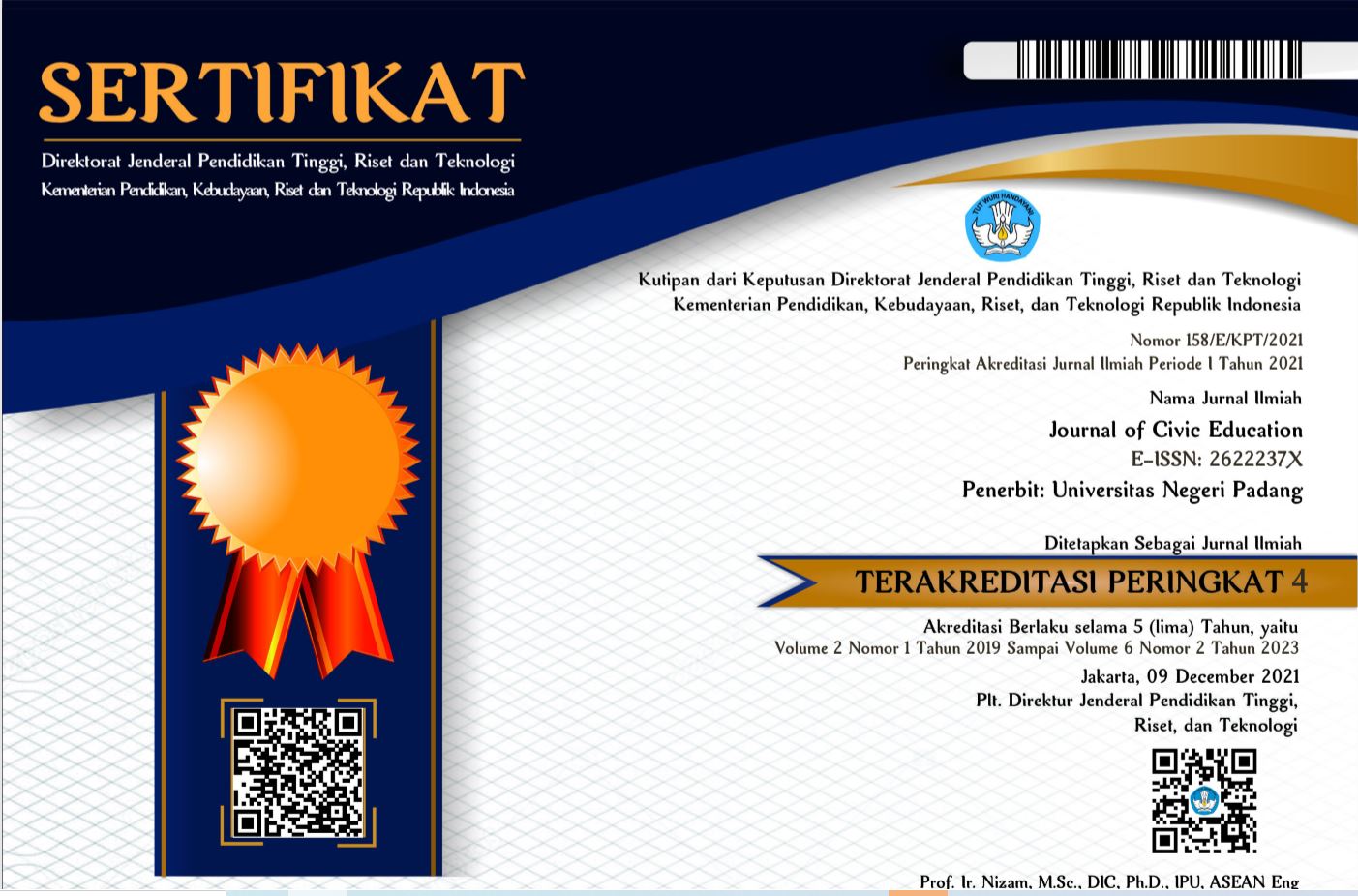Tradisi Kematian Manyanda di Nagari Talang Kabupaten Solok dan Usaha Mempertahankannya
Abstract
Death rituals in Indonesian society vary among different tribes. This article aims to describe the manyanda tradition practiced by the Minangkabau community in Nagari Talang, Solok Regency. Although this tradition remains prevalent, there are concerns among community members that it may become extinct due to its lengthy processes and the financial burden it places on grieving families. Therefore, this article also explores the community's efforts to preserve the manyanda tradition. Employing a qualitative research methodology from an anthropological perspective, the researcher conducted interviews with fourteen informants and engaged in participatory observations over two weeks in Nagari Talang. Data were collected through interview transcripts, photographs, and relevant documents. The analysis involved identifying themes and patterns from the gathered information. The implementation of the manyanda tradition consists of six stages: preparation of household items, selection of participants, the second day of tahlil, recitation, counting the days, and providing clothing to the participants. To sustain the manyanda tradition, various stakeholders, including the Kerapatan Adat Nagari (KAN) and Bundo Kanduang, have established rules for the distribution of clothing. They also impose sanctions to kaum who do not participate in the tradition. Additionally, efforts are being made to educate the wider community about the manyanda tradition, and the local government is providing funding for traditional gatherings that focus on this ritual. Further research is needed to explore the aspects of sanctions and their impact on the implementation of this tradition.
References
Hasmira, M. H., & Gautama, M. I. (2018). Pola Komunikasi Antara Orang Manyanda dengan Anggota Keluarga yang Disanda di Nagari Talang, Kabupaten Solok, Sumatera Barat. Laporan Penelitian. Jurusan Sosiologi FIS UNP, Padang.
Keesing, R. M. (1974). Theories of culture. Annual review of anthropology, 3, 73-97.
Launuru, M. (2023). Pa’loly sebagai Tradisi Hari Meninggal Ke 3,7 dan Ke 9 di Negeri Hila Kecamatan Leihitu Kabupaten Maluku Tengah. Journal on Education, 5(2), 2438-2446. https://doi.org/10.31004/joe.v5i2.904
Malinowski, B. (2014). The group and the individual in functional analysis. Anthropology in theory: issues in epistemology. 2nd ed. Hoboken: John Wiley & Sons, 90-101.
Mita, M., Fitriani, E., & Hasti Hasmira, M. (2019). Manyanda : Studi Struktural Fungsional Manyanda di Nagari Talang. Jurnal Perspektif, 2(3), 208. http://perspektif.ppj.unp.ac.id/index.php/perspektif/article/view/91
Nahak, H. M. . (2019). Upaya Melestarikan Budaya Indonesia di Era Globalisasi. Jurnal Sosiologi Nusantara, 5(1), 65–76. https://doi.org/10.33369/jsn.5.1.65-76
Nurdin, F., & Fazal, K. (2022). Fungsi dan Makna Tradisi Reuhab pada Masyarakat Gampong Kuta Aceh. Jurnal Sosiologi USK (Media Pemikiran & Aplikasi), 16(2), 229-240.
Sagita, N., Mantili, M., Wardani, T. D., Wurdianto, K., & Kamin, D. A. (2022, September). Tradisi Habukung Upacara Kematian Agama Hindu Kaharingan. In Prosiding Seminar Nasional Universitas Pgri Palangka Raya (Vol. 1, pp. 342-354).
Thaib, E. J. (2018). Dakwah Kultural Dalam Tradisi Hileyia Pada Masyarakat Kota Gorontalo. Al-Qalam, 24(1), 138-150.
Yolanda, E. (2020). Eksistensi Tradisi Manyanda pada Kehidupan Sosial Masyarakat di Nagari Talang, Kab. Solok, Sumatera Barat. Hadharah: Jurnal Keislaman dan Peradaban, 14(1).



